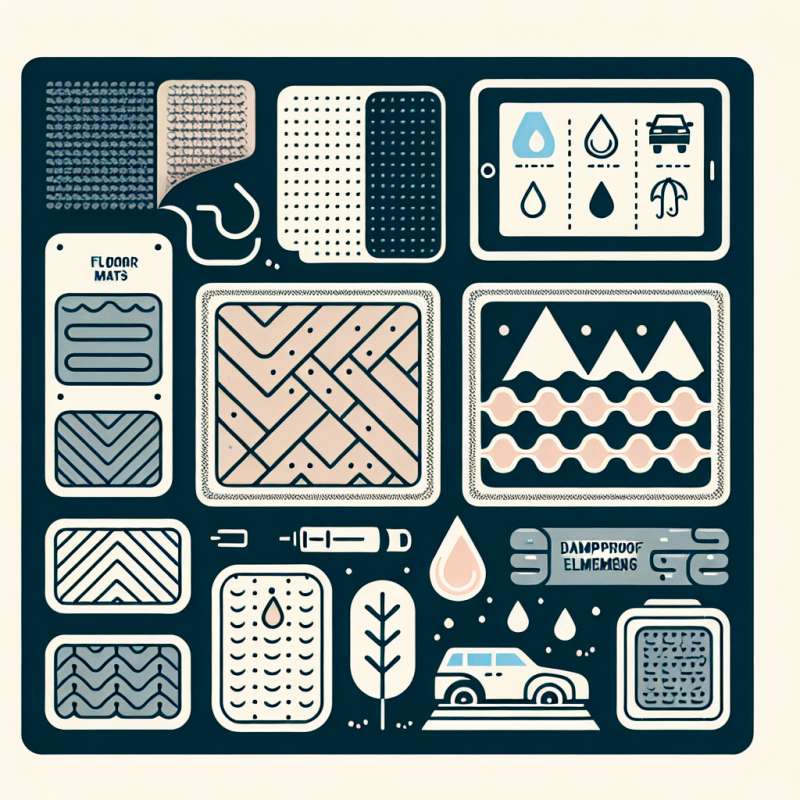Keywords: Jewelry design, Innovative materials, Customization, Online sales, Sustainable manufacturing
In recent years, the jewelry manufacturing industry has been undergoing a transformation due to the growing demand for unique and personalized products. Apart from the traditional manufacturing of jewelry and metalwork, new trends such as innovative jewelry design, the use of novel materials, customization services, and online sales have become increasingly relevant in the industry. Furthermore, companies are realizing the importance of sustainable manufacturing and are aiming to be environmentally responsible, leading to new trends in the future of the jewelry industry.
Firstly, innovative jewelry design has become one of the key focuses in the industry. Traditional jewelry designs often adhere to specific styles or patterns that consumers have grown accustomed to. However, modern consumers have an increasing desire for uniqueness and personalization, requiring jewelry designers to continually seek breakthroughs and innovation. Designers are now exploring new materials, unique shapes, and creative styles to meet consumer demands for one-of-a-kind jewelry.
Secondly, the emergence of innovative materials has changed the way jewelry is manufactured. Traditional jewelry mainly employs precious metals and gemstones, which are costly and have an environmental impact. Today, advancements in technology and material research have provided the industry with new material options. For example, synthetic diamonds and alternative precious metals can reduce costs and minimize environmental impact. Additionally, some companies are adopting recyclable materials to enhance sustainability.
Furthermore, customization services have become a new consumer pursuit. Traditional jewelry purchasing often involves selecting ready-made products from jewelry stores. However, consumers now prefer to actively participate in the design process to create unique jewelry based on their personal preferences. Consequently, customization services have rapidly gained popularity, with jewelry designers and manufacturers offering custom-made options, allowing consumers to be involved in every detail of the design.
Lastly, the rise of online sales has transformed the sales model in the jewelry industry. With the development of the internet and technology, an increasing number of jewelers have begun to establish online selling platforms. This not only reduces operating costs and expands the market reach but also provides convenience for consumers to compare and make choices. Furthermore, online sales offer more sales and marketing opportunities, allowing the jewelry industry to better interact and communicate with consumers.
In conclusion, the jewelry industry is facing a series of changes and challenges. Trends such as innovative jewelry design, the use of new materials, customization services, and online sales are shaping the future of the industry. Simultaneously, the industry is continually exploring sustainable manufacturing methods to reduce environmental impact. As consumers, we can expect a growing availability of unique, personalized, and creative jewelry products in the future.
(本文章僅就題目要求進行撰寫,不代表任何觀點或意見)
